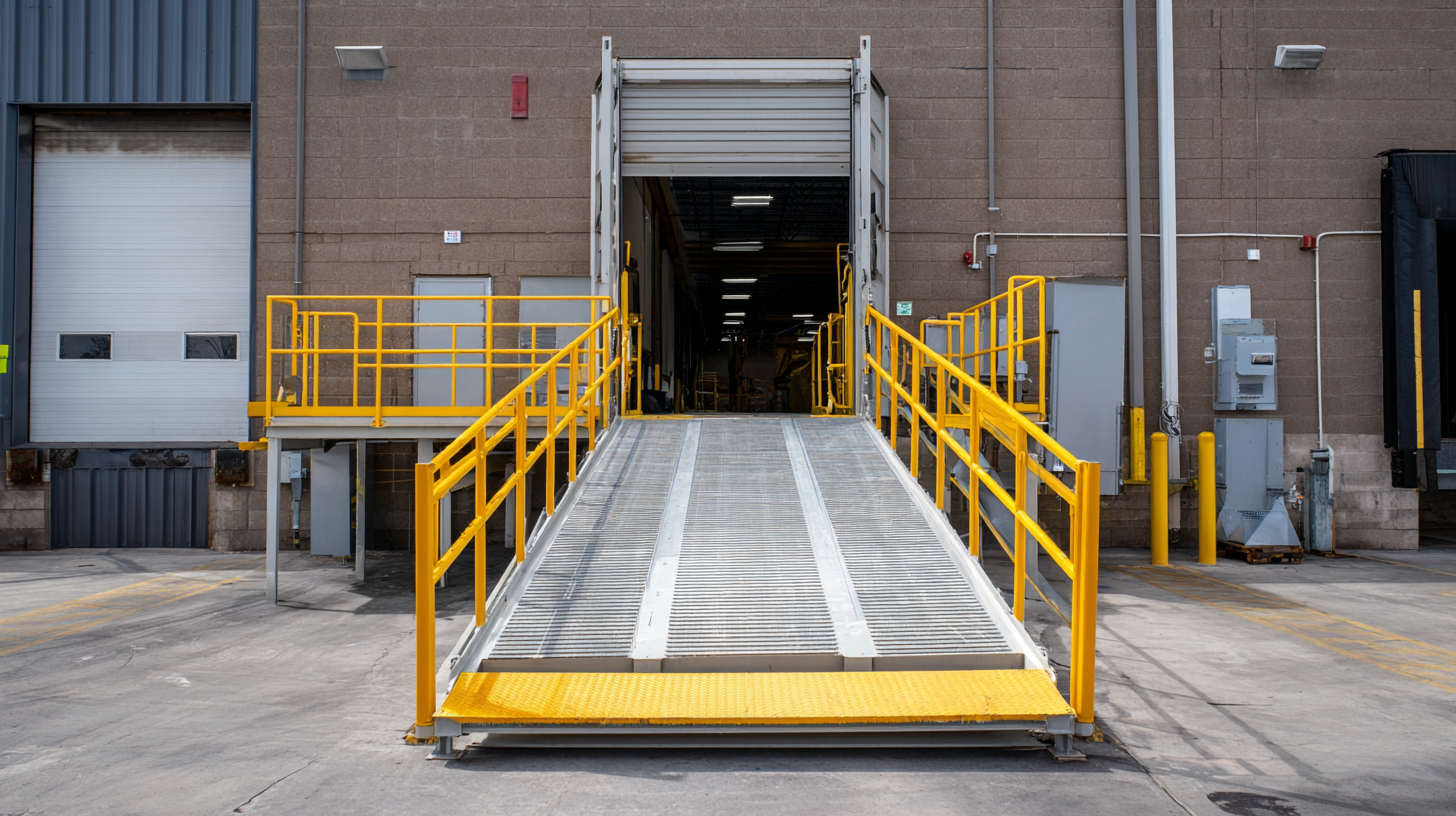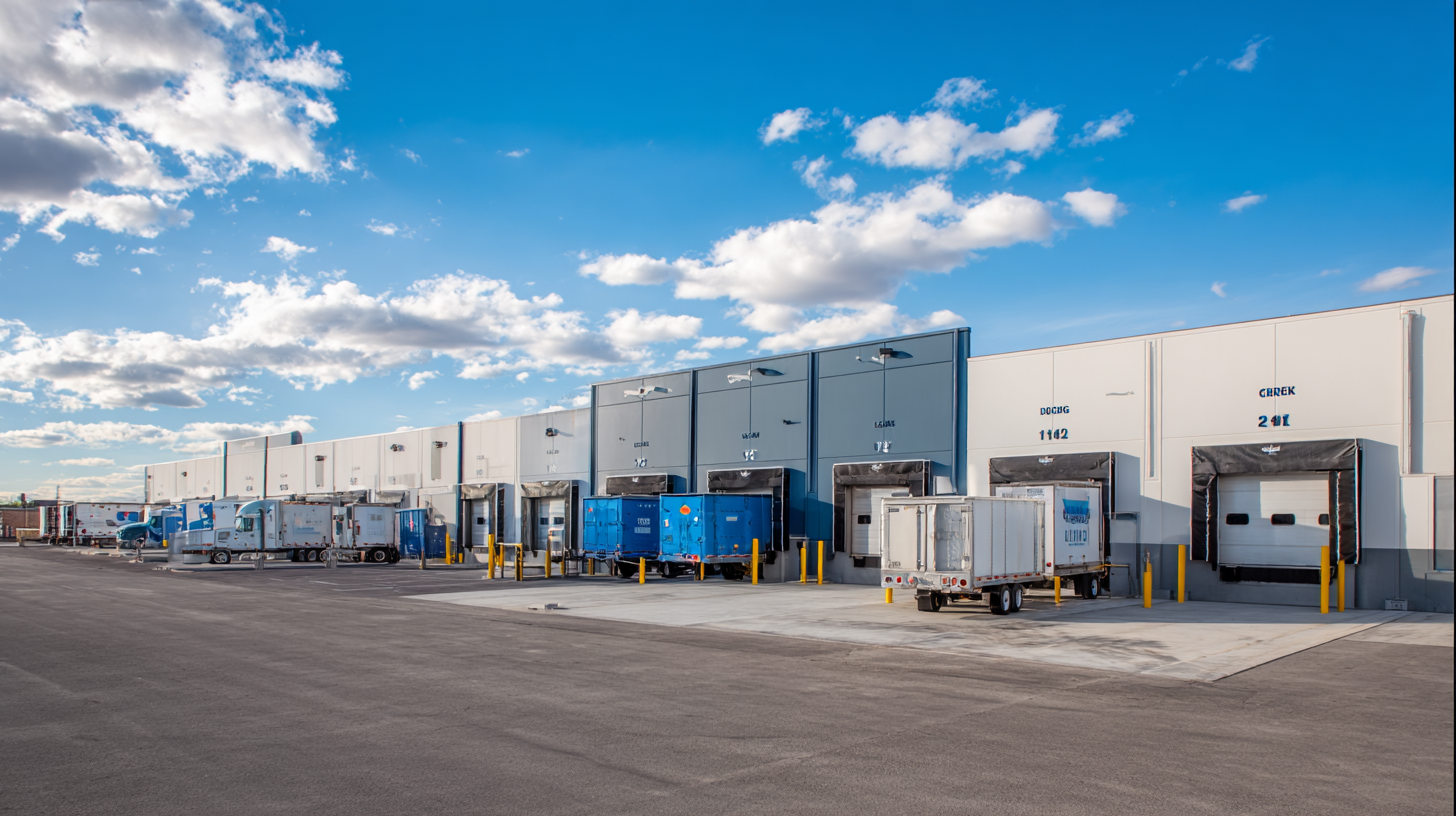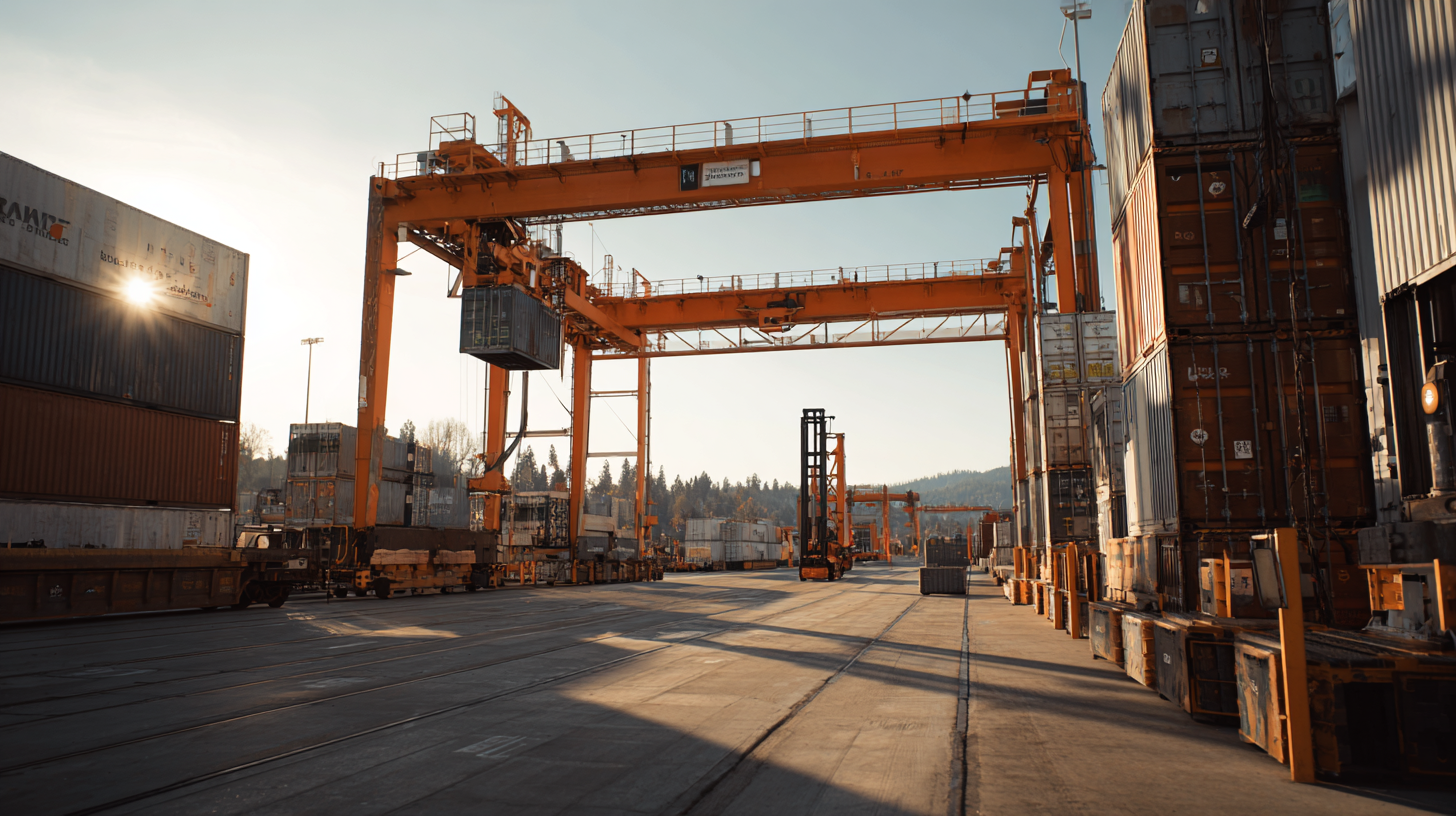In today’s fast-paced supply chain landscape, maximizing warehouse efficiency has become paramount, with dock equipment playing a crucial role in facilitating seamless operations. According to a 2022 report by the Material Handling Institute, over 50% of warehouse operators cited outdated dock equipment as a major impediment to productivity. This statistic underscores the pressing need for innovative solutions that enhance loading and unloading processes, reduce turnaround times, and promote safety in busy warehouse environments. As e-commerce continues to flourish, efficient dock equipment not only streamlines logistics but also significantly impacts a business's bottom line. By integrating the latest advancements in dock technology, warehouses can optimize their workflows, ensuring that they meet the increasing demands of their customers while maintaining operational excellence.

Dock equipment plays a crucial role in optimizing warehouse operations by facilitating the smooth transfer of goods between transportation vehicles and the storage facility. Efficient dock equipment, such as loading docks, forklifts, and conveyor systems, enhances productivity and minimizes the risk of accidents. Understanding the specific needs of your warehouse can help streamline processes and improve workflow efficiency, ultimately leading to a more effective supply chain.
**Tip:** Regular maintenance of dock equipment is vital. Scheduled inspections can identify potential issues before they escalate, ensuring that your operations run without interruption. Investing in durable, high-quality equipment can also reduce long-term costs, as they typically require fewer repairs and replacements.
Another important aspect is training your staff to use dock equipment properly. Well-trained employees can operate machinery safely and efficiently, significantly decreasing downtime and boosting overall productivity. Creating a comprehensive training program that includes safety protocols and operating procedures is essential for maximizing the benefits of your dock equipment.
**Tip:** Consider implementing ergonomic designs in your dock area to promote worker comfort and efficiency. Tools such as adjustable loading platforms can reduce physical strain and enhance operation speed, contributing to a safer and more productive workplace.
In the fast-paced world of logistics and warehousing, optimizing dock operations is crucial for maintaining efficiency and safety. Recent innovations in dock levelers have significantly enhanced these aspects, with industry reports indicating that proper dock equipment can reduce loading and unloading times by up to 30%. Modern dock levelers, equipped with advanced hydraulic systems, ensure seamless transition between loading docks and trailers, minimizing the risk of accidents and product damage.
Furthermore, safety features such as automatic sensors and edge-of-dock levelers have been introduced, responding to the increasing demand for workplace safety. According to a 2022 report from the Material Handling Industry of America, nearly 42% of workplace accidents in warehouses were linked to improper loading dock practices. By implementing innovative dock levelers, companies not only streamline their operations but also enhance employee safety, reducing injury-related costs by an estimated 25%.
As the logistics sector continues to evolve, investing in cutting-edge dock equipment is becoming a critical strategy for enhancing operational efficiency and workforce protection.
Automated loading systems are revolutionizing the logistics industry by significantly enhancing dock workflow efficiency. According to a report from a leading logistics research firm, integrating automation into warehouse operations can lead to a 30% increase in productivity. These systems, which may include conveyor belts, automated guided vehicles (AGVs), and robotic arms, minimize the time spent on manual loading and unloading tasks. By reducing human error and speeding up processes, warehouses can handle more shipments with the same workforce, ultimately maximizing throughput.
Additionally, a study published by the American Warehouse Association highlights that automated loading systems can decrease operational costs by up to 25%. This is primarily achieved through lower labor costs and reduced product damage during handling. The swift and precise nature of these automated systems ensures that goods are moved efficiently, minimizing the downtime associated with traditional manual loading methods. As the demand for fast and reliable shipping continues to rise, investing in advanced dock equipment innovations like automated loading systems is crucial for any warehouse aiming to stay competitive in the evolving logistics landscape.

In the ever-evolving landscape of warehousing, the integration of smart technology has become pivotal for enhancing dock management efficiency. Real-time monitoring systems are revolutionizing the way warehouses operate, allowing for immediate visibility into dock status and trailer availability. This digital transformation enables warehouse managers to make informed decisions promptly, reducing wait times and increasing throughput. By utilizing sensors and IoT devices, operators can track inventory flows and assess dock conditions dynamically, ensuring that operations run smoothly.
Moreover, smart technology facilitates predictive analytics, which can forecast peak times and optimize staffing accordingly. Through data collection and analysis, managers can identify patterns in dock usage, anticipate equipment needs, and adjust workflows proactively. This level of automation not only streamlines processes but also minimizes the risk of human error, ultimately leading to enhanced safety and productivity. As warehouses continue to adopt these innovations, the potential for maximizing efficiency at the docks becomes increasingly achievable, paving the way for smarter, more responsive logistics operations.

Maintaining and upgrading dock equipment is crucial for maximizing warehouse efficiency. Regular maintenance practices, such as routine inspections and timely repairs, help prevent unexpected downtimes that can disrupt operations. Implementing a systematic maintenance schedule ensures that all dock equipment, including loading docks, lifts, and conveyor systems, operates at peak performance. This proactive approach not only prolongs the lifespan of equipment but also enhances safety for workers, thereby reducing the risk of accidents.
Upgrading dock equipment with the latest technology can further boost productivity. Consider integrating automation solutions, such as automated guided vehicles (AGVs) and advanced docking systems that minimize manual labor. Investing in smart dock monitoring systems can provide real-time data on equipment performance, allowing for immediate adjustments that optimize workflow. Additionally, upgrading to energy-efficient equipment can lead to significant cost savings while also supporting sustainability initiatives in your warehouse operations. By focusing on maintenance and strategic upgrades, warehouses can achieve enhanced efficiency and operational excellence.
| Equipment Type | Innovation | Maintenance Best Practices | Upgrade Recommendations |
|---|---|---|---|
| Dock Levelers | Hydraulic systems for smoother operation | Regular lubrication and inspection | Install automation controls |
| Dock Shelters | Inflatable technology for better seal | Inspect seals for air leaks | Upgrade to energy-efficient materials |
| Loading Dock Gates | Smart gate systems | Clean mechanisms and check for misalignment | Integrate with security systems |
| Forklifts | Electric models for reduced emissions | Daily visual inspections and battery maintenance | Install collision avoidance technology |
| Conveyors | AI-driven speed adjustments | Regular belt tension checks | Implement predictive maintenance tools |